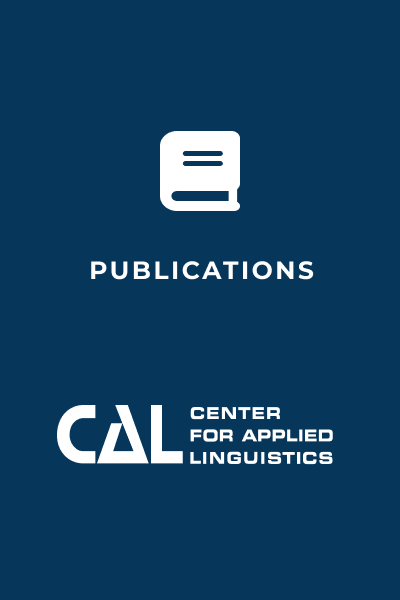Educators and policy makers at the local and national level require comprehensive and reliable information on the numbers of Americans who will be entering higher education and the workforce in the coming years with the language skills necessary to ensure that America maintains a competitive position in the global economy and for meeting its national security requirements.
The National K-12 Foreign Language Enrollment Survey and its subsequent Report was designed to collect and analyze K-12 foreign language enrollment data as it currently stands in the United States, where more than 21 percent of households speak a language other than English at home. The National K-12 Foreign Language Enrollment Survey sought out data on foreign language course enrollment by state and the number of programs by state. The survey also explored the range of languages that are taught in schools and where.
The survey followed a recent report produced by the American Academy of Arts & Sciences. America’s Languages concludes that the United States remains a monolingual society to its social, economic and national security detriment. The AAAS Commission offers a number of recommendations to help the U.S. alter its course, taking note of the particular importance of collecting and maintaining data on the state of language learning across the U.S.
“Access to data on the distribution of enrollments among languages and grade levels is as critical for the nation’s economic planning and national security as information on K-12 math and science enrollments,” notes Dan E. Davidson, President of American Councils, which implemented the new enrollment survey. “Such data yield important information about student demographics, availability of teachers, and levels of instruction by language offered around the country.”
This comprehensive study of foreign/world language enrollments across the formal U.S. education system, K-12, was sponsored by The Language Flagship at the Defense Language and National Security Education Office (DLNSEO), conducted and published by American Councils for International Education in partnership with the American Council on the Teaching of Foreign Languages (ACTFL), the Center for Applied Linguistics (CAL), and the Modern Language Association (MLA), and in collaboration with the National Council of State Supervisors for Languages (NCSSFL). The Institute of International Education (IIE) administered the DLNSEO grant in cooperation with Bryn Mawr College. The survey data and report do not necessarily reflect the position or policy of IIE or the Government; and no official IIE or Government endorsement should be inferred.


